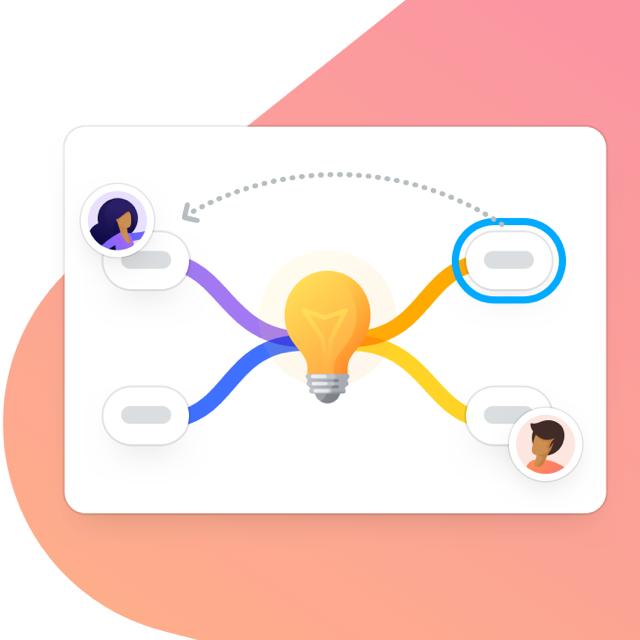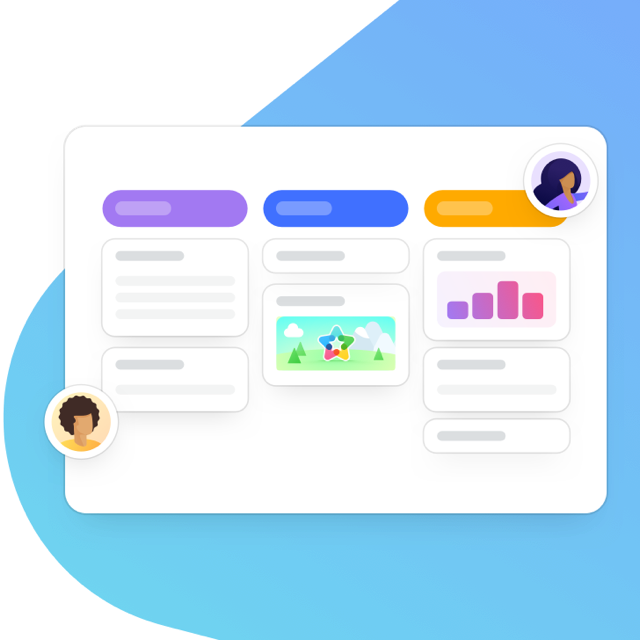We like to think that we operate our businesses as meritocracies. Good ideas get heard, and people with good ideas get rewarded. But what if that wasn’t exactly true?

Take the classic business meeting. You’ve got a problem you need to solve, so you throw the floor open to ideas, take the best ones, and run with them. What could be better?
But think about who participated. It’s anything but equal. The fact is, in a typical eight-person team meeting, on average only three people do 70 percent of the talking. Those are the people who are comfortable in the meeting format you’ve chosen. Everyone else would participate more under different circumstances.
It doesn’t mean that the quiet participants’ ideas are bad. It might just mean that they’re newer to the group and less confident. Or that they’re introverted and dislike fighting for attention. Whatever the reason, it’s not because they or their ideas lack merit. It’s because the meeting structure arbitrarily plays to one group’s strengths and another’s weakness.
Ignoring these differences hurts the productivity of your meetings and could hamstring your organization’s prospects for success. In this article, I’ll share how you can make your team meetings more inclusive, over a few simple stages.
Achieving Inclusive Excellence
There is a recent term in higher education that crystalizes why brainstorm meetings should play to everyone’s strengths. It’s called inclusive excellence. It’s the idea that a team cannot be at its collective best unless each member of the team is performing at his or her individual best.
The concept builds on the established premise that diversity in teams is a good thing. There is more than one way to think about a problem, and having a diversity of ideas and healthy debate around those ideas leads to better results.
That notion of healthy debate is central to inclusive excellence. Having an inclusive team with diverse viewpoints is good. However, pairing that diversity with a structure that allows those viewpoints to be voiced and heard is what really moves the needle toward excellence.

Identifying personality types on your team
One basic aspect of diversity is personality — specifically, introversion versus extroversion.
In business, it’s mostly an extrovert’s world. Core components of corporate life — including those decisions about how we run meetings — were designed around extroverts. They are so established now that you might not even think of them as decisions but as default settings.
But if you are aware of your team’s differences, you can make decisions that support introverts, too. Let me share four tips on how to brainstorm in a way that will help ensure all team members are able to contribute, with inclusive team meetings.
Share Your Key Questions
I used to have a boss who loved “pop-up” meetings. Whenever he was stuck on a question, he’d call the staff team together and ask for ideas. I liked the feeling of being included, but especially when I was new, one minute’s warning wasn’t enough time to think of anything worth sharing. Team meetings like this are often worth avoiding entirely.
The solution — of course — is an agenda. But not just any agenda. The standard agenda is written in a terse, descriptive way. You can do better than that. Write each agenda item as a question to solve.
So if you want to brainstorm about how to reduce customer service hold times, don’t write “customer hold times.” Instead, in your agenda write “How do we shorten our customer service hold times and improve our brand experience?” By framing the question, you put a tighter focus on the discussion you want to prompt and orient the conversation toward problem-solving.
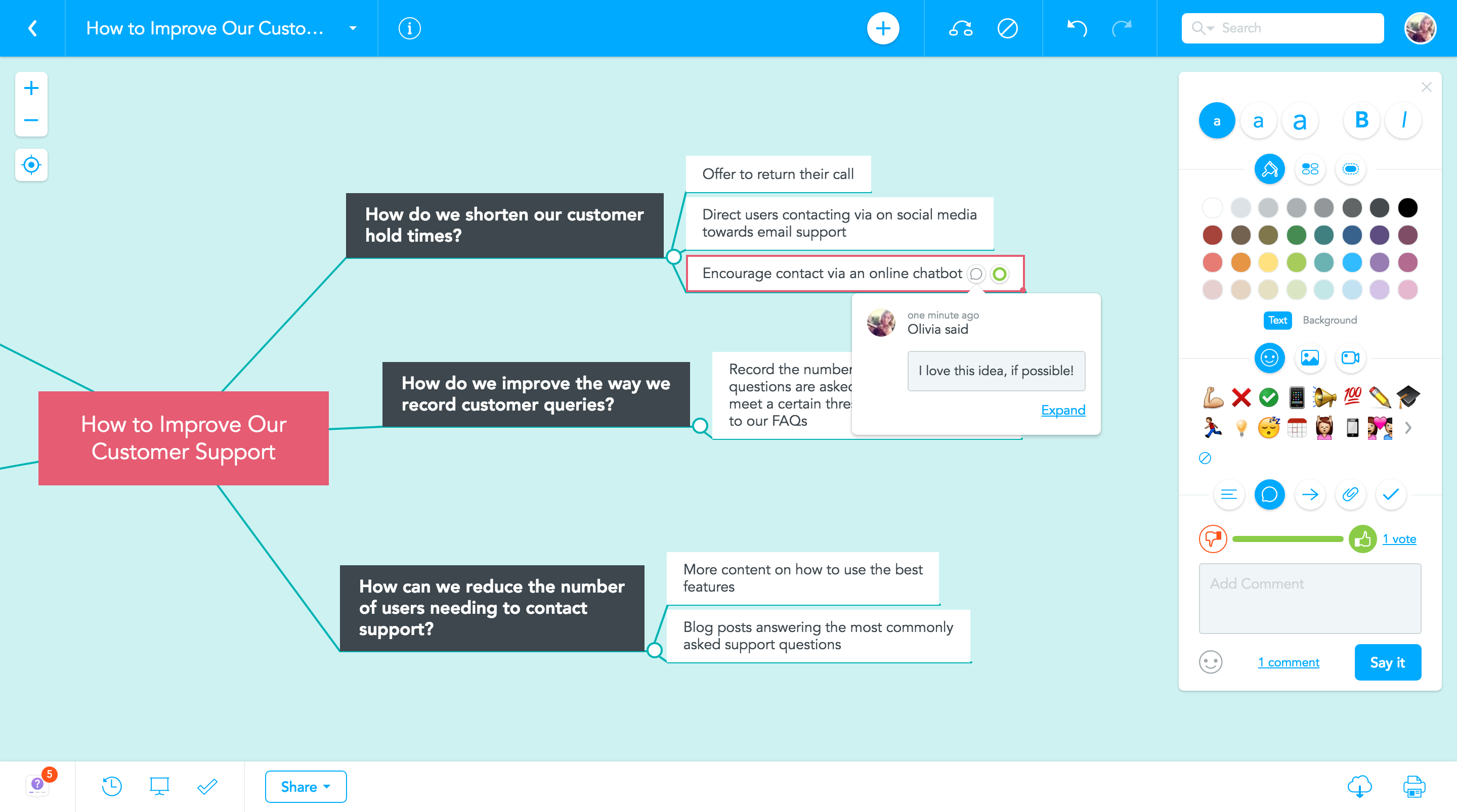
Next, share the agenda a day or two in advance. This allows people time and space to think independently about the question you’ll be discussing.
That extra day could make the difference between new staff members being able to contribute or just observe. It could also have a profound effect on your experienced team members of different temperaments. An impromptu team meeting to brainstorm ideas works well for extroverts who thrive in the act now, fight-or-flight mode. But it will provoke anxiety in introverts who prefer to rest and ruminate before responding.
Present a visual agenda
An ideal way to build and share this kind of agenda is with a tool like MindMeister. MindMeister allows you to build a visual, color-coded meeting agenda using an online mind map. Your team members can pull up the agenda wherever they have internet access, so they can mentally prepare for the meeting from the leisure of their home, the subway, or wherever they do their best thinking.
Visualize your meeting agenda
Try MindMeisterAsk Team Members Individually
Team meetings are often dominated by one or two “meeting tyrants.” (They’re the ones doing 70 percent of the talking.) They aren’t bad people; they might just not be aware of what they’re doing. After a while, this becomes a group pattern. The dominant speakers can even get annoyed that they’re always expected to do the talking.
Just being aware of that trap will help you guard against it, but that’s not enough. Literally asking people, by name, for their opinion will ensure that all voices are heard.

Some people are less assertive than others. Some have softer voices. Whatever the reason, not everyone is comfortable fighting for the floor, but they will happily speak up if you offer the opportunity to them. If you’ve shared the questions in advance and asked attendees to prepare their ideas, there’s also less of a risk that you’re putting them on the spot.
After all, an unwillingness to shout shouldn’t disqualify someone from contributing an idea.
Make Your Brainstorm Digital
It was established a while back that brainstorming through an electronic interface can produce more and better ideas than face-to-face brainstorming sessions. Yet face-to-face brainstorming is still the dominant form.
There are some unique benefits that face-to-face meetings offer, but one big downside is the aforementioned meeting domination. In brainstorming, it’s called production blocking. When team members must compete for the sole attention of the group, it creates a narrow idea funnel that advantages extroverts and disadvantages everyone else, even if their great ideas are better.
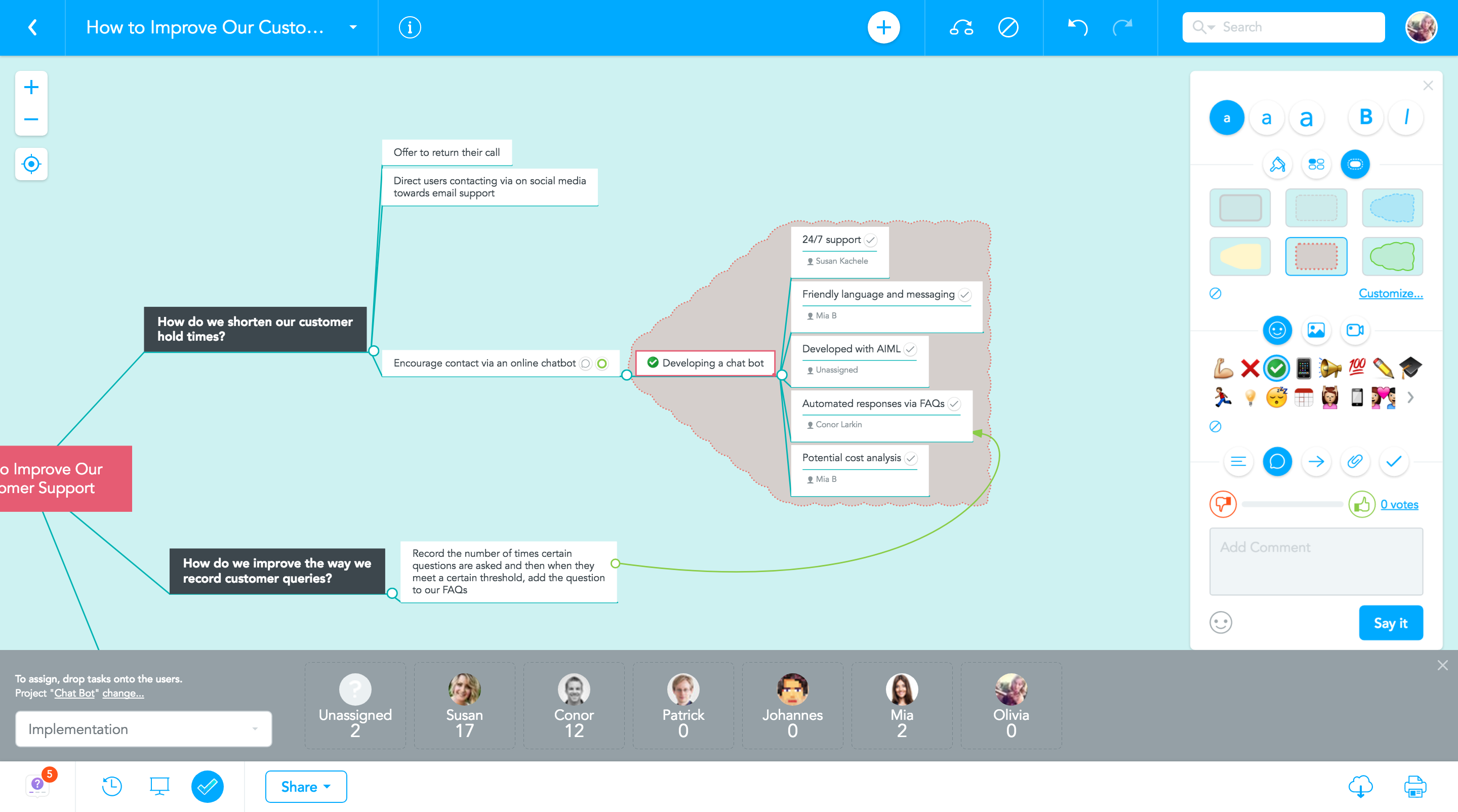
That’s where the opportunity to brainstorm online, on platforms like MindMeister, can really shine through. MindMeister allows team members to generate ideas simultaneously, which eliminates that funnel. Also, in changing the medium, online brainstorming engages people who are more comfortable expressing their ideas in writing. After all, speaking in public is something a lot of people would rather avoid if they can help it.
Reopen the agenda you shared within MindMeister ahead of the meeting and continue adding to it throughout the brainstorm. There are many ways you can take effective meeting notes but using an online mind map allows your team to add notes, attach documents and provide comments, all in real-time.
Turn Your Inclusive Meeting into Action
Finally, nothing encourages people to speak up more than someone actually listening to them. By immediately translating brainstorming ideas into action items, you are confirming to your team that their input won’t be ignored or forgotten.
The integration between online mind mapping tool, MindMeister and task management tool, MeisterTask makes this process painless. Using the integration, you can convert the same mind map you used to provide an agenda and take notes during your brainstorm, into actionable to-dos.
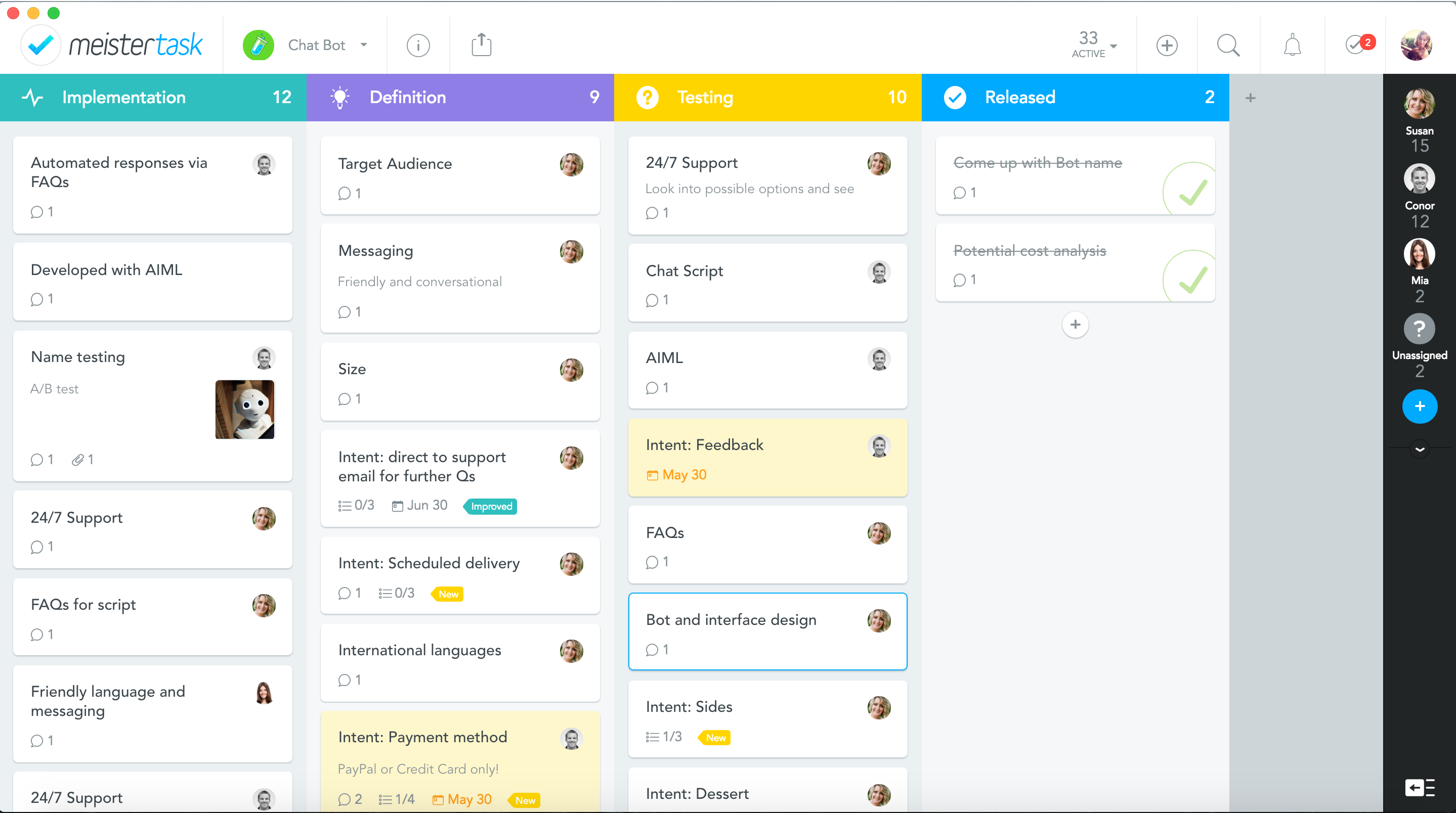
To do this, create a corresponding Project in task management tool, MeisterTask. Then, during the meeting and as a team, you can decide on which ideas to take forward as actionable tasks. Using the integration between MindMeister and MeisterTask, you can automatically populate those chosen ideas as assigned tasks in MeisterTask. From there, ideas can be assigned due dates, commented on and tracked, as they move across your Project Board from ideation to completion.
With a few clicks of the mouse, you can ensure the ideas from your inclusive team meeting are seen through.
Simple.
Keep Thinking
Building a culture of inclusive excellence can be a massive undertaking, and making your brainstorming process more inclusive is just one part of that. But it’s an important one.
However, when you see it working, you might just wonder how many other ways your business could be a little more excellent.
Do you have any team meeting tips? We’d love to hear them in the comments below.
Turn your team’s ideas into action
Discover MeisterTask
